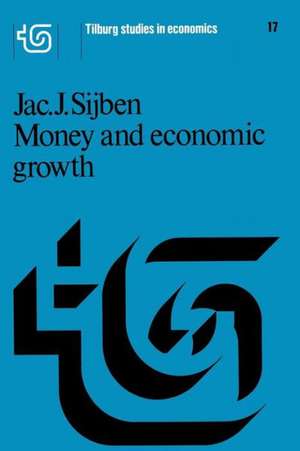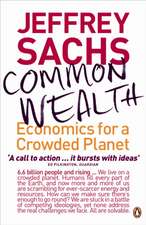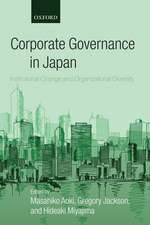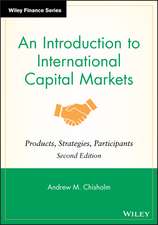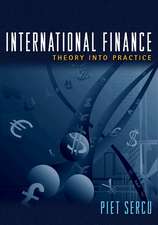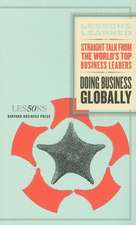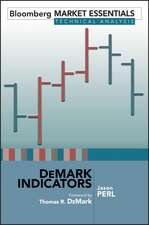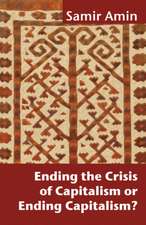Money and economic growth: Tilburg Studies in Economics, cartea 17
Autor J.J. Sijbenen Limba Engleză Paperback – 5 noi 2011
Din seria Tilburg Studies in Economics
-
 Preț: 375.45 lei
Preț: 375.45 lei -
 Preț: 384.86 lei
Preț: 384.86 lei -
 Preț: 378.92 lei
Preț: 378.92 lei -
 Preț: 390.63 lei
Preț: 390.63 lei -
 Preț: 389.11 lei
Preț: 389.11 lei -
 Preț: 382.57 lei
Preț: 382.57 lei -
 Preț: 386.22 lei
Preț: 386.22 lei -
 Preț: 386.00 lei
Preț: 386.00 lei - 18%
 Preț: 950.96 lei
Preț: 950.96 lei -
 Preț: 384.31 lei
Preț: 384.31 lei -
 Preț: 381.21 lei
Preț: 381.21 lei -
 Preț: 381.81 lei
Preț: 381.81 lei -
 Preț: 376.59 lei
Preț: 376.59 lei -
 Preț: 377.18 lei
Preț: 377.18 lei -
 Preț: 382.36 lei
Preț: 382.36 lei -
 Preț: 381.43 lei
Preț: 381.43 lei
Preț: 385.25 lei
Nou
Puncte Express: 578
Preț estimativ în valută:
73.73€ • 76.87$ • 61.27£
73.73€ • 76.87$ • 61.27£
Carte tipărită la comandă
Livrare economică 21 martie-04 aprilie
Preluare comenzi: 021 569.72.76
Specificații
ISBN-13: 9781461342427
ISBN-10: 1461342422
Pagini: 236
Ilustrații: XIII, 216 p.
Dimensiuni: 152 x 229 x 12 mm
Greutate: 0.35 kg
Ediția:1976
Editura: Springer Us
Colecția Springer
Seria Tilburg Studies in Economics
Locul publicării:New York, NY, United States
ISBN-10: 1461342422
Pagini: 236
Ilustrații: XIII, 216 p.
Dimensiuni: 152 x 229 x 12 mm
Greutate: 0.35 kg
Ediția:1976
Editura: Springer Us
Colecția Springer
Seria Tilburg Studies in Economics
Locul publicării:New York, NY, United States
Public țintă
ResearchCuprins
1. General introduction to the monetary growth theory.- 2. The neo-classical monetary growth theory.- 2.1. Introduction.- 2.2. Tobin’s monetary growth theory (implications of the asset-structure).- 2.3. The implications of real cash-balances as a consumer good.- 2.4. The implications of real cash-balances as a producer good.- 2.5. The stability of the neo-classical monetary growth model.- 3. The Keynes-Wicksell monetary growth theory.- 3.1. Introduction.- 3.2. Suppositions.- 3.3. The short-term model.- 3.4. Long-term equilibrium analysis.- 3.5. Influence of a change in the rate of monetary expansion.- 4. A synthesis of the neo-classical and the Keynes-Wicksell monetary growth theories.- 4.1. Introduction.- 4.2. The modified price change equation.- 4.3. Long-term equilibrium analysis.- 4.4. Short-term dynamic analysis.- 4.5. The rate of inflation and the nominal rate of interest.- 5. Evaluation, summary and conclusions.- 5.1. Introduction.- 5.2. Money from a medium of exchange to an asset.- 5.3. A critical analysis of the present monetary growth theory.- 5.4. Suggestions for extension of the present monetary growth theory.- Appendices.- List of symbols.
